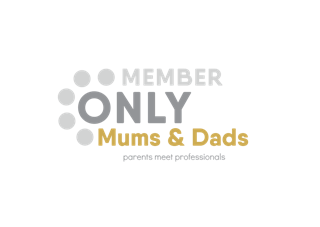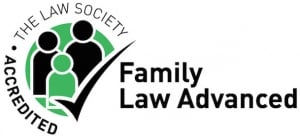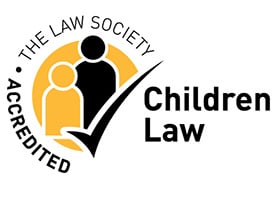
In our final blog on the child protection process, Ilke Hatter, Trainee Legal Executive, looks at the child protection plan itself and what happens when the meeting ends and everyone goes home.
Who decides on whether a child protection plan should be made?
At the end of the meeting, the chair will ask all the professionals if they think the child should be made subject to a child protection plan. Quite often the chair will agree with what the majority of professionals think, but the ultimate decision on child protection planning is made by the chair and not by the people present. If the chair goes against what the majority of the professionals have said, they need to give good, clear reasons that are recorded in the minutes of the meeting.
The chair also needs to decide what category of child protection is needed. There are four categories of child protection planning – emotional abuse, physical abuse, sexual abuse and neglect. However, it’s important to know that a child protection can be put in place even if the chair thinks that no such abuse has happened; it is enough that the chair thinks it is likely to happen. The plan that gets put together at the meeting will be designed to protect the child from the risk identified, and will include things expected both of the parents and the professionals who work with them.
What happens next?
Over the next few weeks, the chair will expect the parents and all professionals to stick closely to the child protection plan. This is a very important period, and what happens next can mean the difference between child protection planning coming to an end, or the family ending up in court in care proceedings. Core group meetings will take place every few weeks. The core group is made up of the parents and those professionals who work most closely with the children. Core group meetings are very important, but they are much less formal than the child protection meetings. It is the core group’s job to make sure that the child protection plan is working and to make any changes or amendments to the plan as things develop.
The child protection review meeting
After the initial child protection plan is made, a review is usually held within two or three months. If the plan continues, then more reviews will take place every six months. If things get worse for the children, or if there are concerns that the parents are deliberately ignoring the child protection plan, the local authority may feel that they have no choice but to take the matter to court to start care proceedings.
However, it is important to know that just because a child is put on a child protection plan, it does not mean they will stay on a plan forever. If the parents work with professionals and things for the child improves, the plan can be ended. Once again, the decision to end a plan rests with the Independent Reviewing Officer. If they feel that the risk has reduced, then usually the children will move down to Child in Need planning. Child in Need planning is entirely voluntary, and is much more informal than child protection planning. Under a Child in Need plan, there will be regular meetings to discuss how the children are doing and to make sure that the family are getting all the support they need. Social Services may not have gone away, but it means they clearly think the risk to the children has reduced. And hopefully, so has the stress and anxiety that inevitably comes with a child protection plan.
If you have any child protection issues that you want to discuss, or if you need help with a child protection meeting, please contact Ilke Hatter at The Family Law Company on 01392 421777.
Need some advice? Get in touch today
"*" indicates required fields
The information submitted here is used and stored for the purpose of replying to the enquiry. For more information on how we process data please visit our Privacy Policy.










